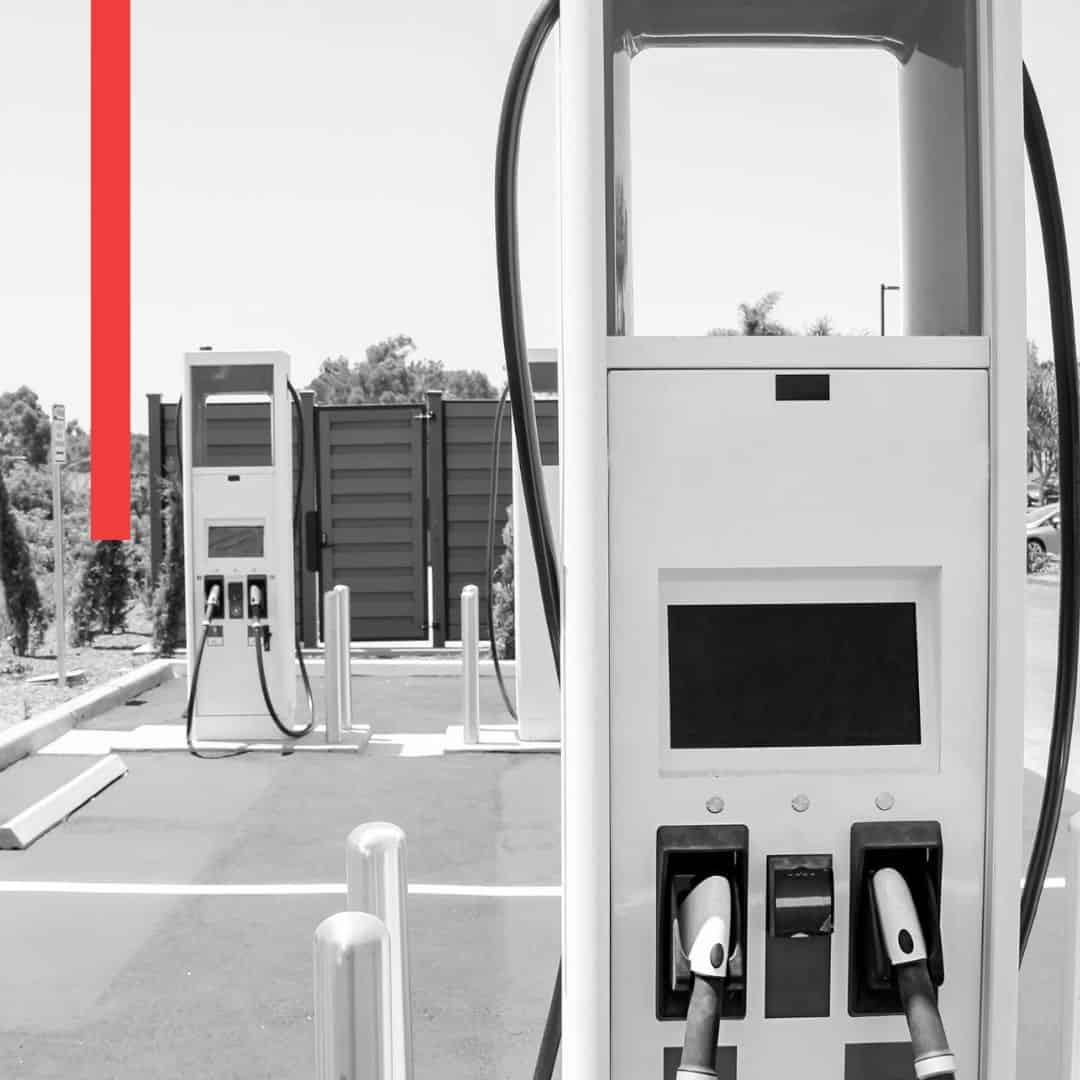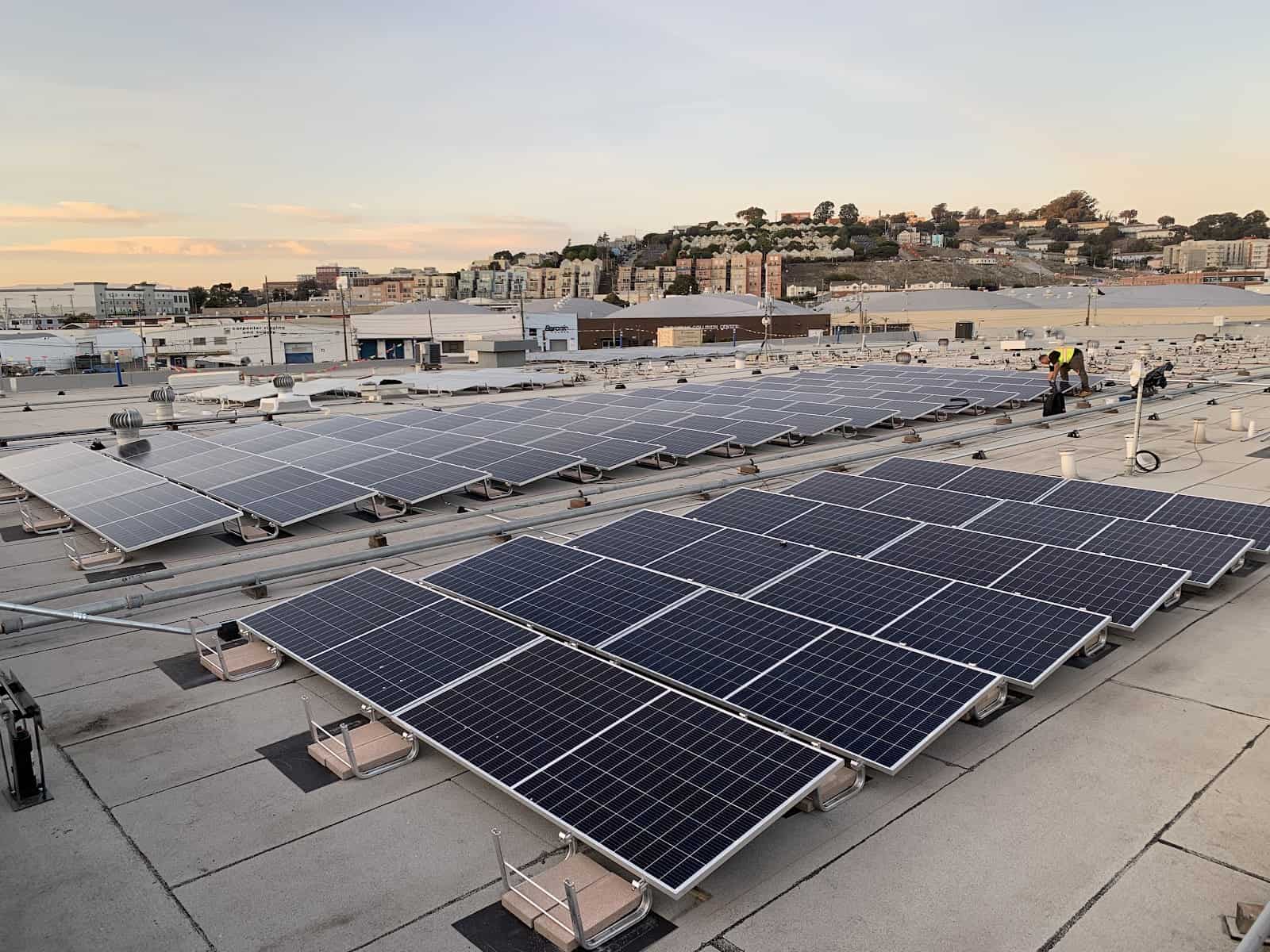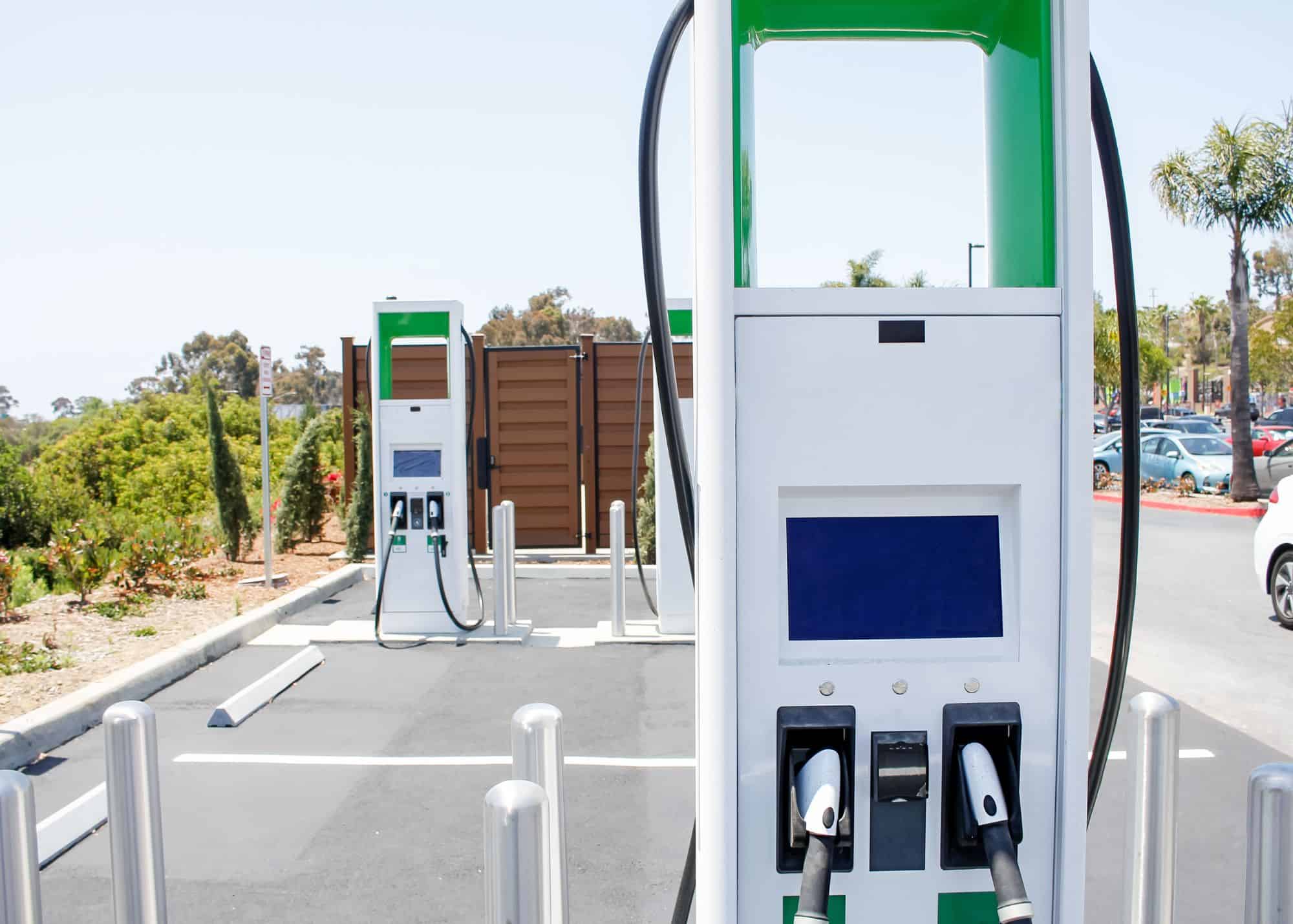The commercial solar industry moves fast, and the last year was no exception. From a greater focus on ESG reporting to updated Investment Tax Credit guidance, this dynamic industry continues to evolve in new, positive ways.
With growth comes opportunity, especially for multi-tenant commercial property owners looking to bring solar to their site. The solar industry is expected to nearly triple in cumulative deployment by 2028, and it has never been easier, and more profitable, to bring renewable energy to a commercial building.
If you’re considering solar for your property, it pays to stay informed. To keep you in the know, we’ve put together our predictions for top commercial solar energy trends for the coming year. Here’s what’s going to pick up steam in 2024:
Solar Energy Trend: Greater Focus on Community Energy Programs
In the future, the energy generated from commercial solar won’t just benefit on-site tenants, it will also power the larger community. Thanks to community solar programs, property owners will have the flexibility to offer their excess energy to local residents connected to the grid.
The concept of community solar is simple: make solar energy available to all. Local citizens often want green energy but can’t afford a solar system—or don’t have space.
It’s a great deal for everyone: residents get access to clean, locally-produced electricity, and property owners get paid for the excess energy produced by their solar panels. Tenants still receive their discounted solar, and everything else helps keep the lights on for the rest of the community.
With the US community solar market forecasted to grow 118% in the next 5 years, many commercial property owners will rise to meet the demand. In order to encourage the growth of these programs, over a dozen states offer streamlined application and approval processes for solar. A solar partner can handle the details for commercial properties, making sure the system is equitable for both owners and the community.
Solar Energy Trend: Increasing Financial Benefits for Multi-Tenant Property Owners
As solar becomes more approachable, it will continue to offer large commercial properties more opportunities to boost revenue, particularly for buildings with multiple tenants. Because of the rise of roof rental programs, solar will become a more commonplace source of income for property owners, adding value to the site for what’s effectively unused space.
In the past, the split incentive problem limited the potential of multi-tenant commercial solar. Owners would have to pay for the system and never see any energy savings, while tenants receive the benefit of energy savings but have no incentive to invest in improvements to the property.
Roof rental agreements solve this dilemma—and are becoming increasingly popular. Property owners lease unused roof space to a solar partner. The partner installs and manages a solar system, offering tenants access to renewable energy. The landlord receives monthly rent as well as increased property value and rent roll, and the tenants receive renewable energy at a discounted rate.
Because these partnerships add a clear financial incentive to solar, they will greatly increase the long-term viability of solar for multi-tenant properties. This solar energy trend will ultimately fuel growth and adoption in the commercial space.
Solar Energy Trend: More Programs Paired with EV Charging
In the coming years, commercial properties will also increasingly look to add EV charging stations to their sites, alongside solar. By pairing these systems with their renewable energy program, owners will look to offer their locally-generated power to consumers who are shopping at, or visiting, the property. In doing so, they can attract consumers to the site while utilizing locally generated energy.
In fact, as soon as 2027, it’s predicted that most commercial properties will have some form of EV charging capability for customers and tenants. Electric vehicles are seeing exponential adoption rates year-over-year, so commercial properties will need to adapt to meet a greater consumer demand for electricity to power their cars.
This makes these EV stations a significant value-add for sites, as shoppers will increasingly choose to frequent centers that offer power for their vehicle. According to In-Charge COO Terry O’Day, “if you have enough nodes and enough power, you’ll attract drivers and they will stay. It’s sort of like moths to a flame. With EV drivers, they find those charges and they come to them.”
EV charging stations also share the same infrastructure as solar systems, making them a natural add on to a site. This existing network makes their adoption much more likely as EV charging demands increase.
Solar Energy Trend: Greater Adoption of On-Site Batteries
The increasing financial viability of multi-tenant solar at commercial properties will also fuel a need for more solar energy storage at these sites, namely batteries. In fact, by 2027, the Solar Energy Industries Association estimates that nearly 30% of all new behind-the-meter solar systems will be paired with energy storage solutions.
As the panels only generate solar power during periods of sunlight, batteries make renewable energy available when the system isn’t producing. Tenants can draw from the site’s reserves during periods of low light instead of pulling from the grid, giving them access to more renewable energy and less reliance on fossil fuel or natural gas generated electricity.
By pairing systems with batteries, property owners will be able to offer tenants greater opportunities for energy savings and more reliable clean energy. When tenants can reliably use renewable energy from the battery during peak periods on the energy grid, they’ll see less surge pricing and even potentially avoid blackouts.
As battery adoption grows, this holistic approach to renewable energy will create further success in the commercial space. Owners will see more effective energy use and potentially lowered scope 3 emissions, tenants become more “off the grid” and save on power in the process, and the solar energy system becomes more resilient over time.
Solar Energy Trend: Increasingly Simplified Program Management
In the coming years, solar will also continue to become more accessible for commercial property owners through simplified partnerships. Instead of having to organize every detail internally or enter a complex agreement with a third-party dealer, property owners will rely on a solar partner to run their program.
Historically, multi-tenant solar programs have been complex and often not worth the hassle for ownership. They’ve had to coordinate sourcing of solar panels, program installation, permitting, maintenance, and more, or enter complicated financial deals—all for no guaranteed return.
The future of commercial solar will rest on working with a reliable solar partner to streamline operations. They’ll handle solar installation, financing, tenant registration, and ongoing program management, ensuring the system’s success for its 20+ year shelf life. They also ensure that none of these tasks fall on the shoulders of the property manager, keeping them free to focus on the essential parts of their job.
As this simplified approach to solar system management sees more use, program management at commercial sites will change. By entering a partnership with a servicer, owners will see simple, steady revenue without dramatically increasing the workload of anyone on the team, making adoption simple and hassle-free.
Commercial Solar Set to Grow
Looking at the commercial solar energy trends, it’s clear that the industry is poised for growth. Through sustainable financial benefits, simplified program management, and a greater community market for generated solar power, the future is clearly evolving to become more seamless, streamlined, and profitable.
And, as tenant and consumer demand changes, so will commercial infrastructure and solar technology. Batteries and EV charging stations will become an important part of the diversified solar program that’s on the horizon.
An important piece of these evolving trends, roof rental partners like King Energy continue to empower commercial property owners to participate in the future of the solar energy market. With no required investment from the property owner, King Energy brings the benefits of solar panels to multi-tenant sites, handling everything from installation to tenant support. Owners receive monthly rent and tenants see lower energy bills, and the industry grows in the process.
For additional content on commercial solar industry trends, ESG reporting, and more


